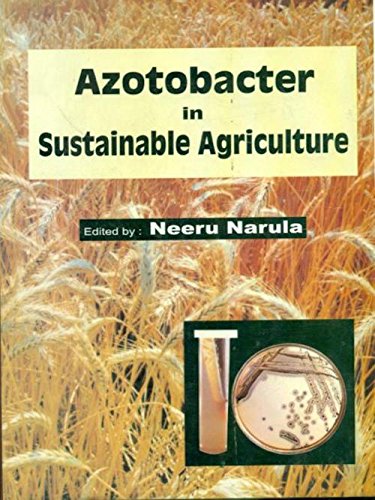Description
- ISBN-13: 9788123906614
- Publisher: CBS Publishers & Distributors
- Publisher Imprint: CBS Publishers & Distributors
- Language: English
- ISBN-10: 8123906617
- Publisher Date: 2000
- Binding: Hardcover
- No of Pages: 162
Original price was: ₹825.00.₹660.00Current price is: ₹660.00.
Explore the world of Azotobacter in sustainable agriculture with this comprehensive guide by Dr. Neeru Narula. Discover its role in nitrogen fixation, hormone production, and bio-degradation of agrochemicals. Perfect for researchers and scholars interested in diazotrophs and biofertilizers. “Azotobacter in Sustainable Agriculture” offers valuable insights into microbe-plant interactions and sustainable crop production. ISBN: 9788123906614
2 in stock
| Weight | 0.5 kg |
|---|

Chaitanya –
This book is great for understanding the basics, but it needs more updated research findings. Found it quite insightful.
Ankita Phatak –
A comprehensive and well-researched book. Highly recommended to all agriculture students and researchers. Amazing content and helpful!
Ayush Patel –
The book provides a solid introduction, but I wish there were more case studies included.
Haritha Shambhavi –
As a researcher, I found this book very informative. The chapter on nitrogen fixation was particularly helpful. Highly recommended!
Swapnil Kumar –
Dr. Narula’s expertise shines through in this book. A must-read for anyone working with biofertilizers.
Jharinath Ilaparti –
I learned a lot about the microbe-plant interaction through Azotobacter. It’s a very useful tool for agriculture.
Aman –
An okay read. Some sections were dense and difficult to get through. Though the topic is very niche, the book is very helpful for those looking into sustainable agriculture.
Neha Singh –
Well-written and easy to understand, even for those new to the topic. It gave me a deeper appreciation for the potential of Azotobacter.
Mayank Dhanjal –
Helpful for my research. It covered bio-degradation of agrochemicals well. However, a little boring at times.
Shubhi Verma –
A good overview of Azotobacter, but I felt it could have gone into more depth on practical applications in the field.